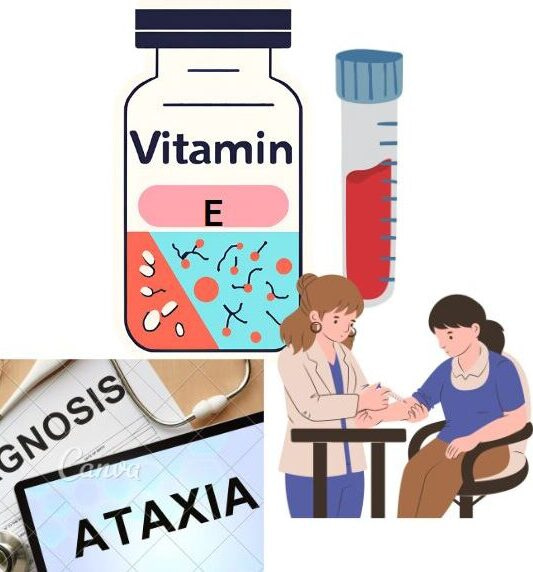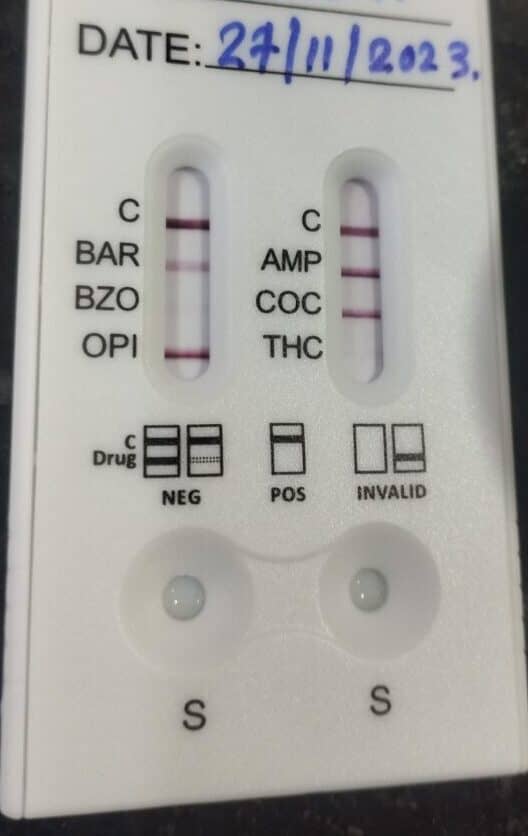HOW TO CALCULATE e-GFR
Serum eGFR (estimated Glomerular Filtration Rate) is commonly calculated using the CKD-EPI (Chronic Kidney Disease Epidemiology Collaboration) formula, which estimates kidney function based on serum creatinine, age, and sex. CKD-EPI 2021 Creatinine Equation The most widely used formula is:eGFR=142×min(SCrκ,1)α×max(SCrκ,1)−1.200×(0.9938)Age×1.012 [if female]eGFR=142×min(κSCr,1)α×max(κSCr,1)−1.200×(0.9938)Age×1.012 [if female] Where: Other eGFR Formulas Additional formulas use cystatin C alone or combine creatinine and cystatin C, … Read more






